Product Description
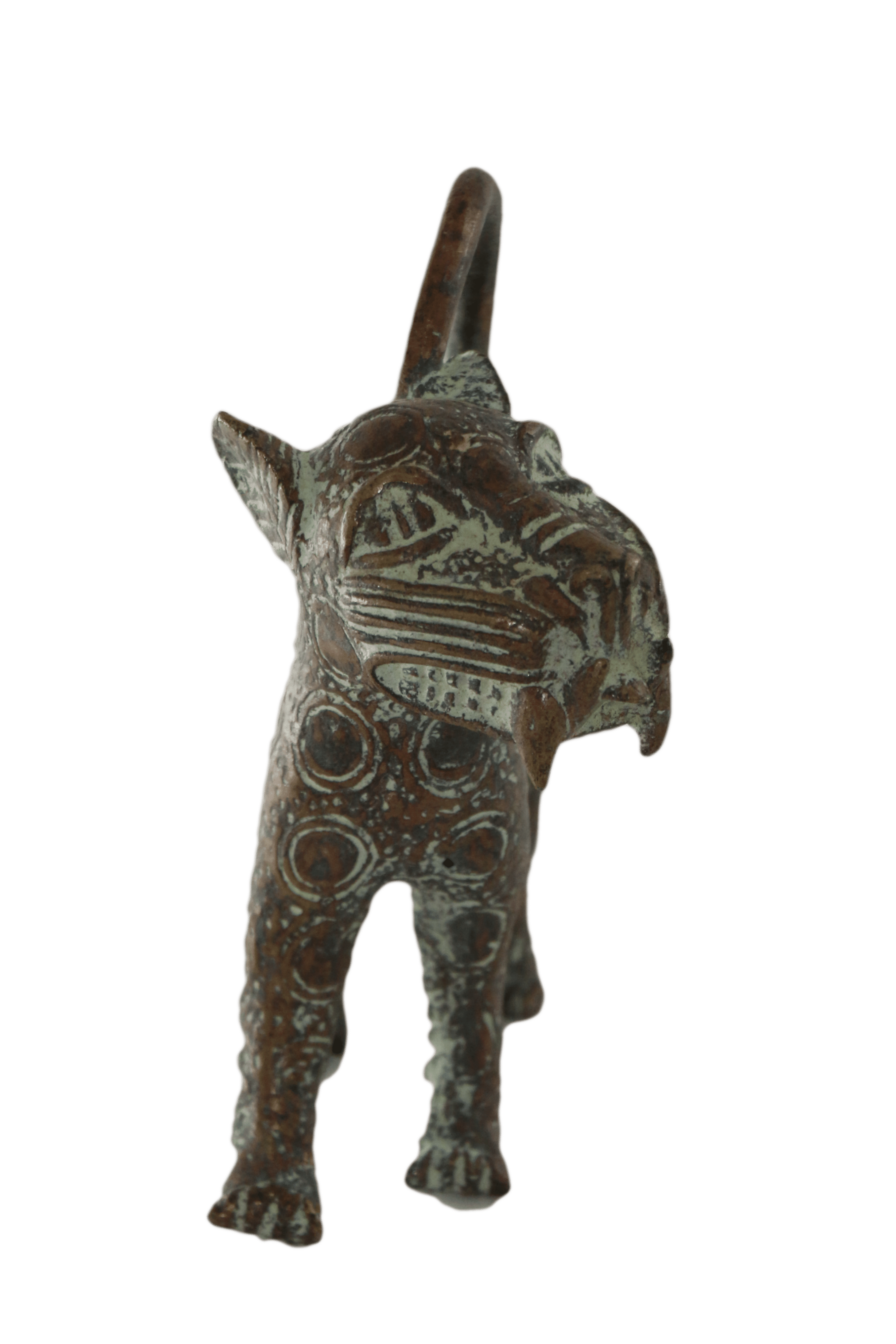

Bell Ife Bronze – Nigeria
This authentic antique Benin bronze ancestral altar bell, cast in the form of a dome comes from Nigeria. The bell is surmounted with by a horseman and adorned by geometical shape. Tribal bells were used for a variety of purposes, such as proclaiming a sacred presence as well as a neutralizing hostile or harmful forces. Bells were used as tools of communication, as portable instruments for conveying important messages, and as a form or currency. The predominant method employed by the Edo in creating objects like the Bells, called “lost-wax casting, does not permit for a mold to be used more than once, a fact which accounts for the idiosyncrasies and lack of exact copies in known examples of Benin bronzes. Using the bells and rattle stuffs to call the ancestor’s spirit, the Oba offered sacrifices to him and to the earth on the altar.
Made of 100% Bronze, copper alloy.
Model is W 8 – H 31 and weight 0.4 kg.
Additional information
| Weight | 0.4 kg |
|---|---|
| Dimensions | 8 × 31 cm |
| Color | |
| Material |
Leave a reply Cancel reply
Returns and Exchanges
There are a few important things to keep in mind when returning a product you purchased.You can return unwanted items by post within 7 working days of receipt of your goods.
- You have 14 calendar days to return an item from the date you received it.
- Only items that have been purchased directly from Us.
- Please ensure that the item you are returning is repackaged with all elements.
Ship your item back to Us
Firstly Print and return this Returns Form to:
30 South Park Avenue, San Francisco, CA 94108, USA
Please remember to ensure that the item you are returning is repackaged with all elements.
For more information, view our full Returns and Exchanges information.

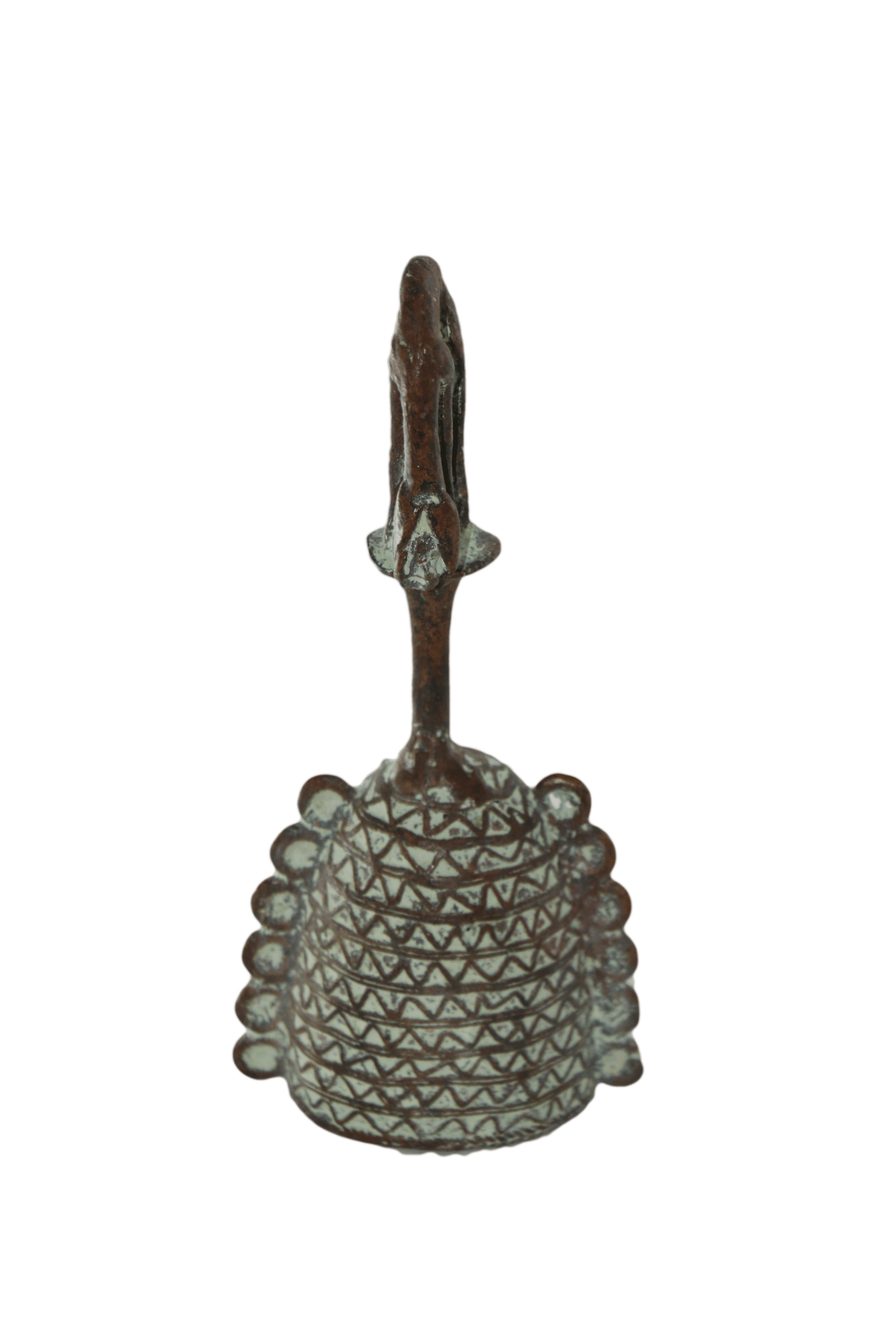
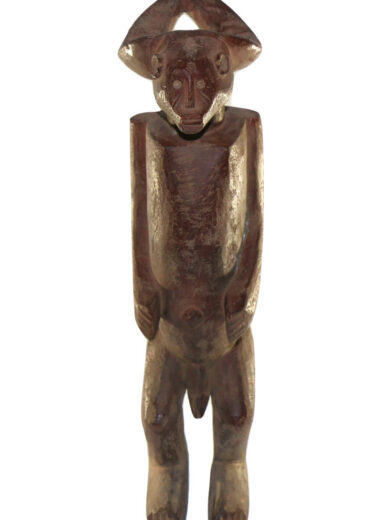
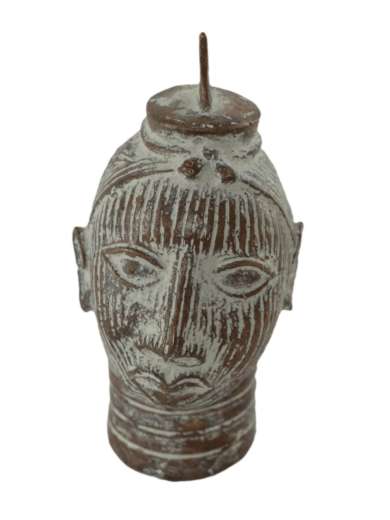

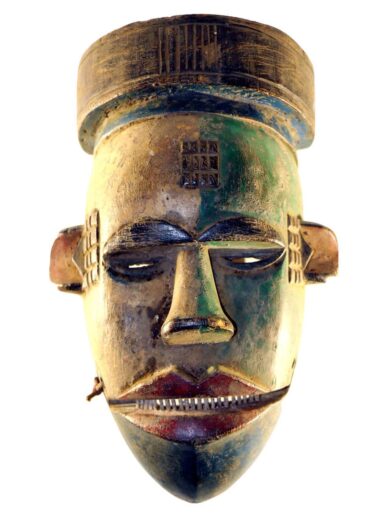
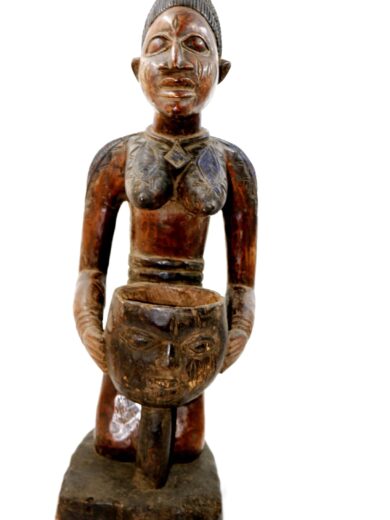
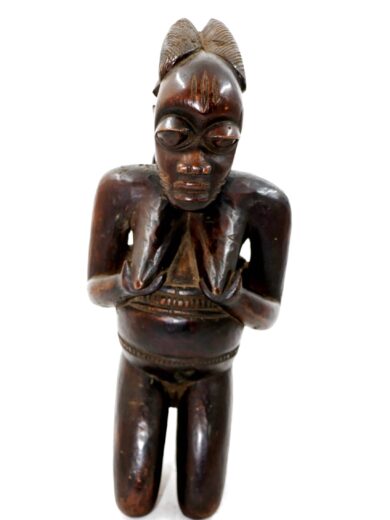


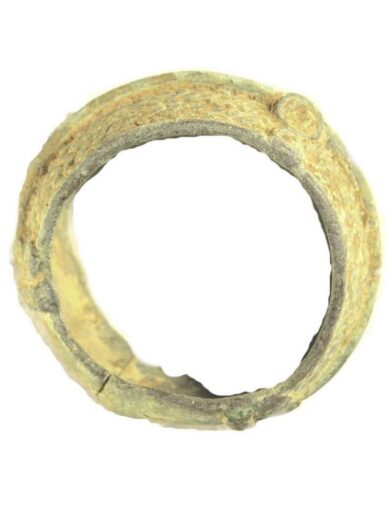
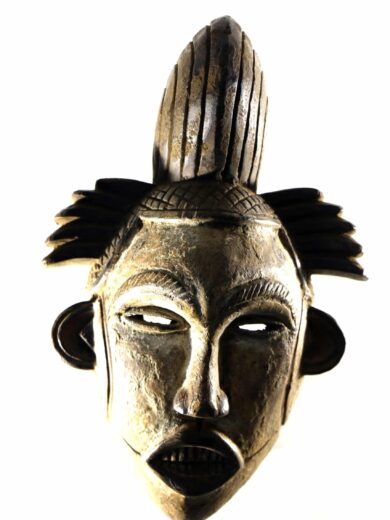
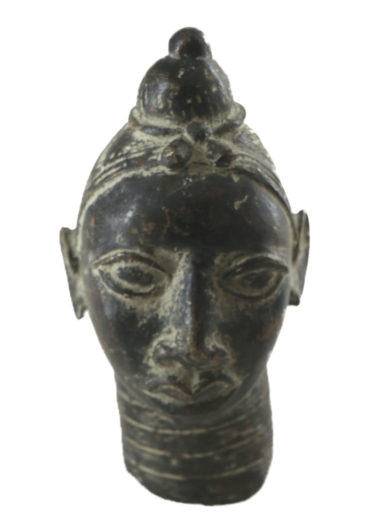
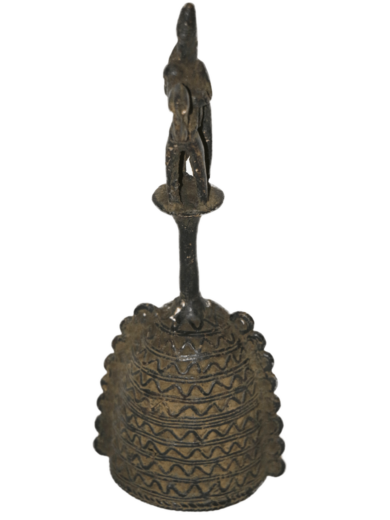
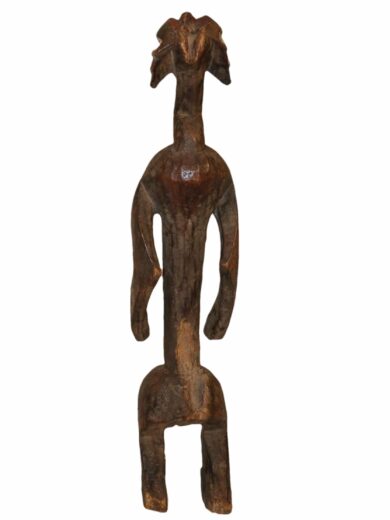

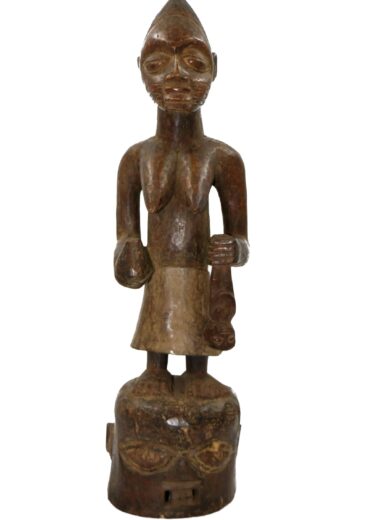
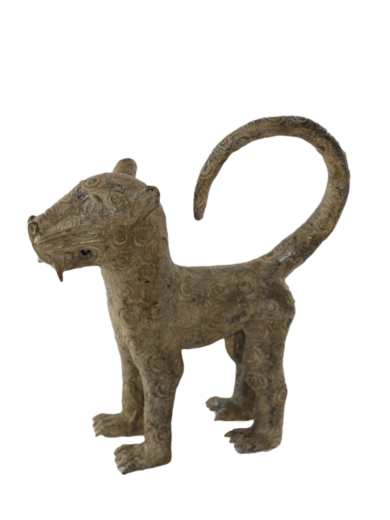
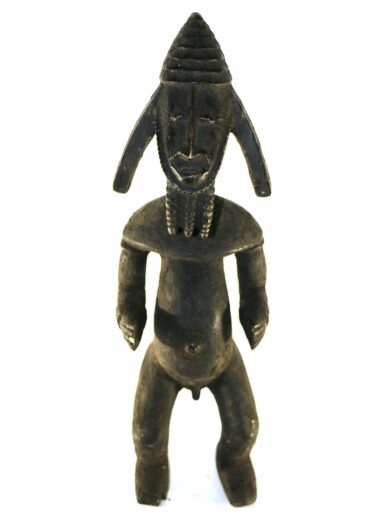
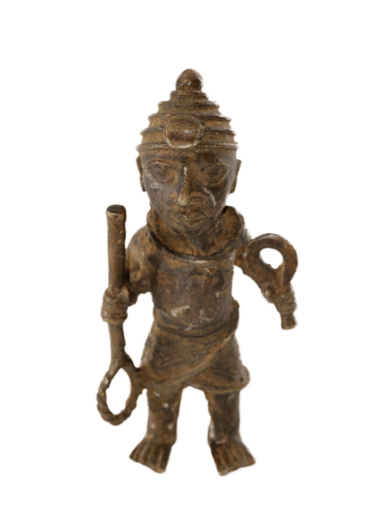
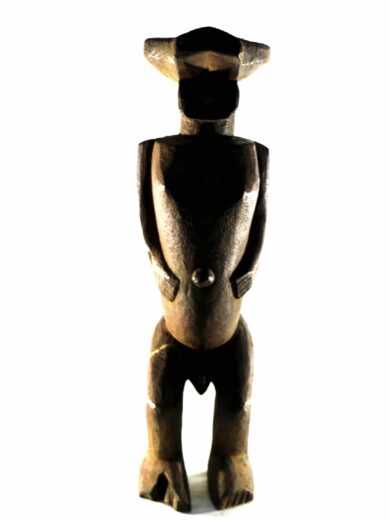
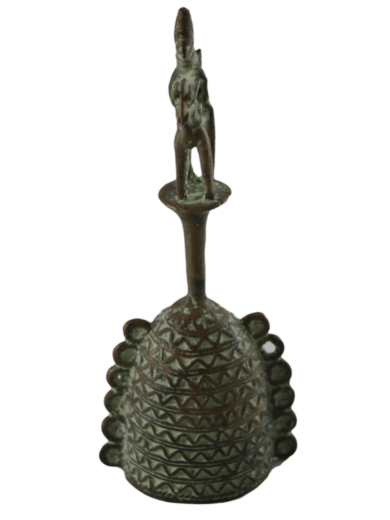

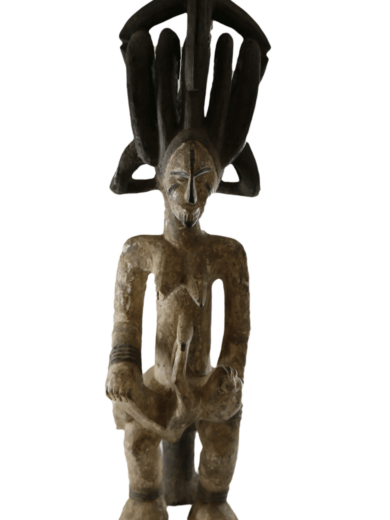

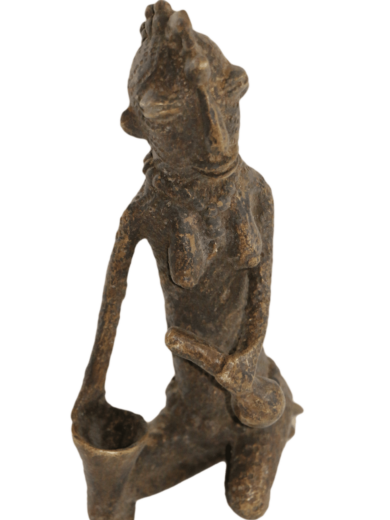
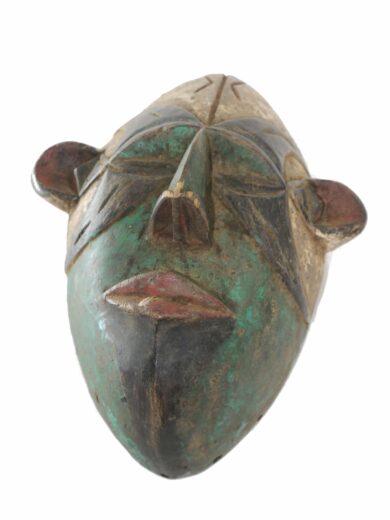
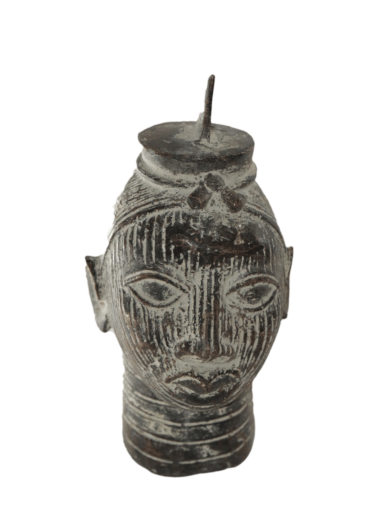
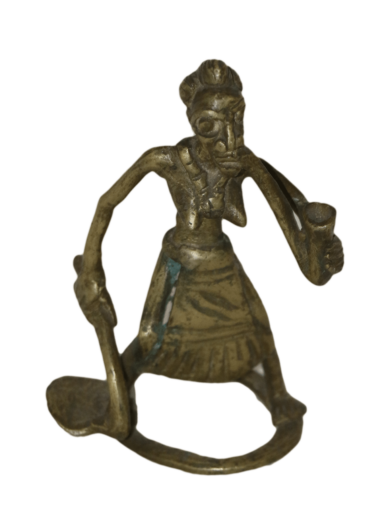

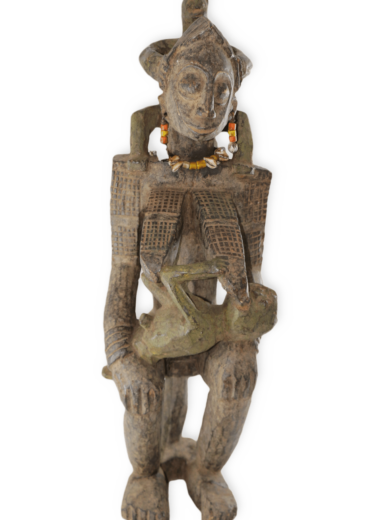
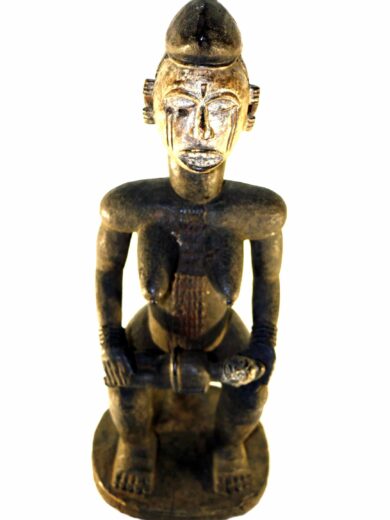
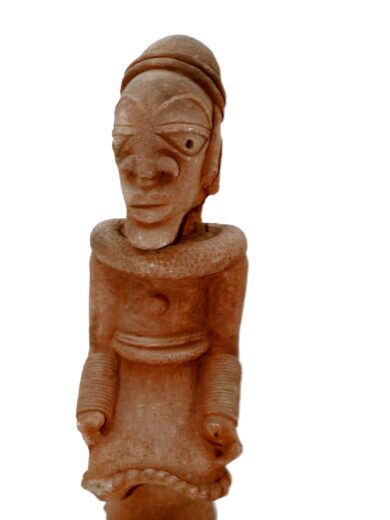
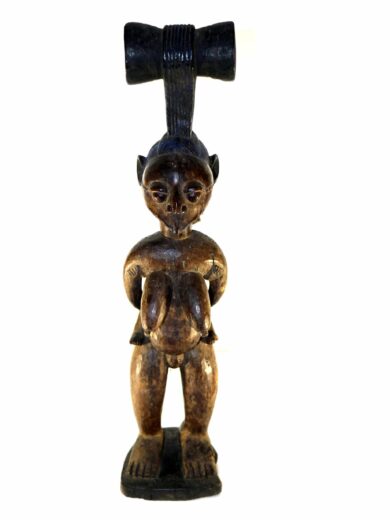

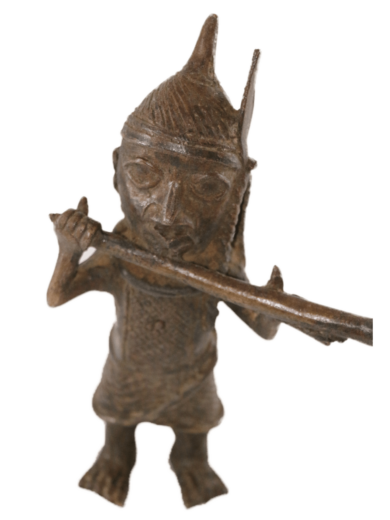

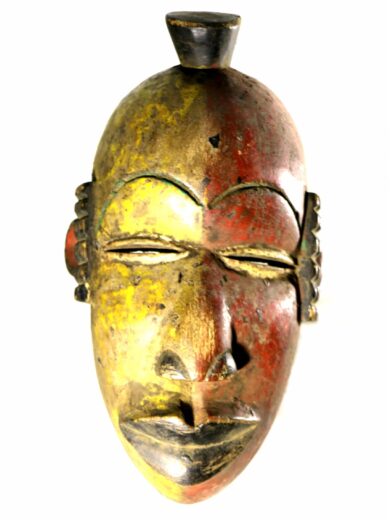
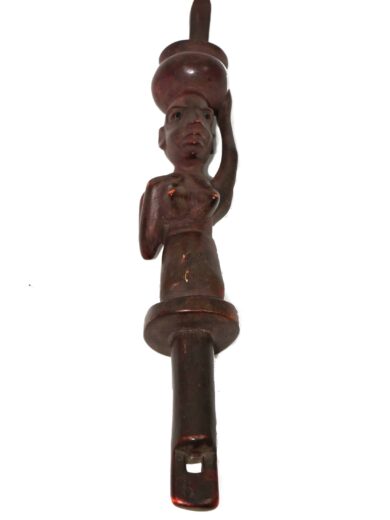
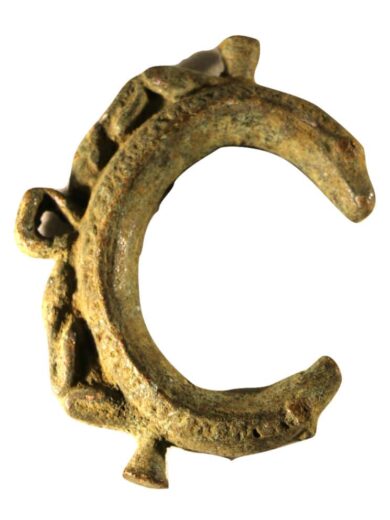
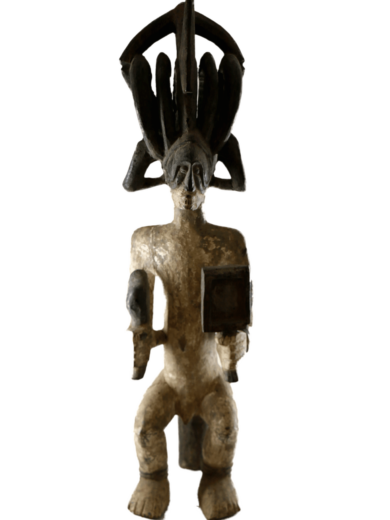
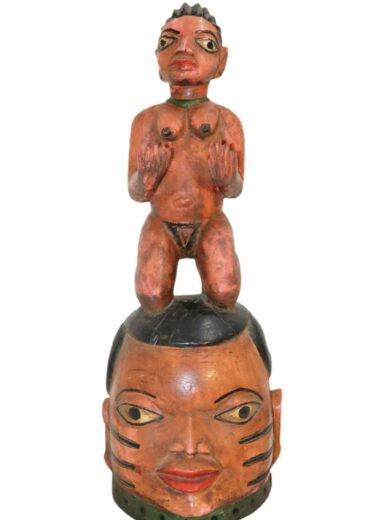
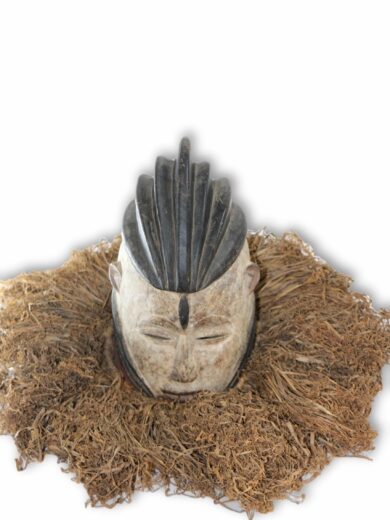

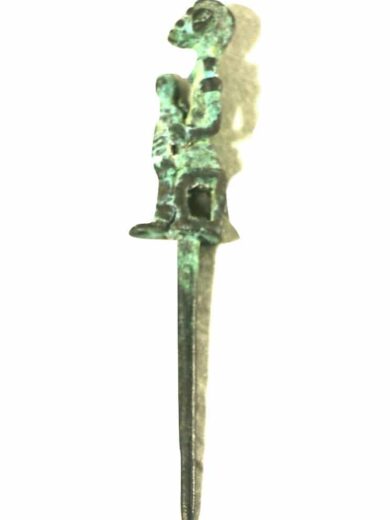
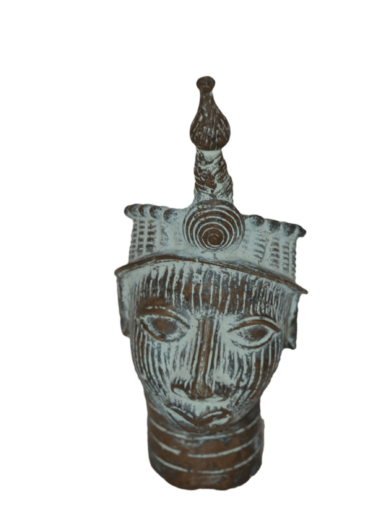
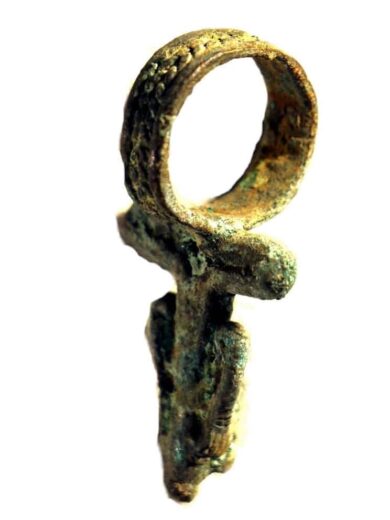
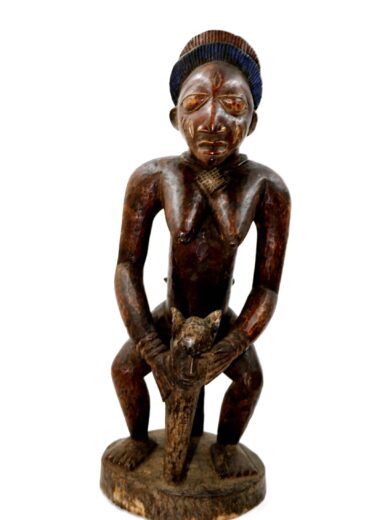

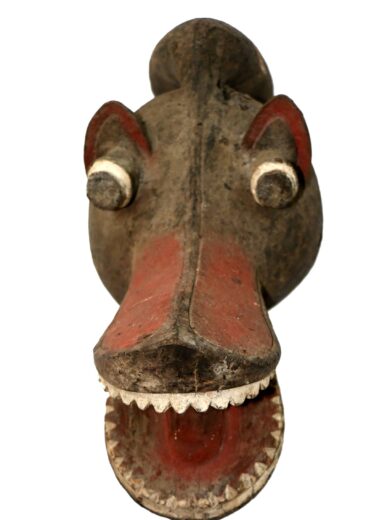
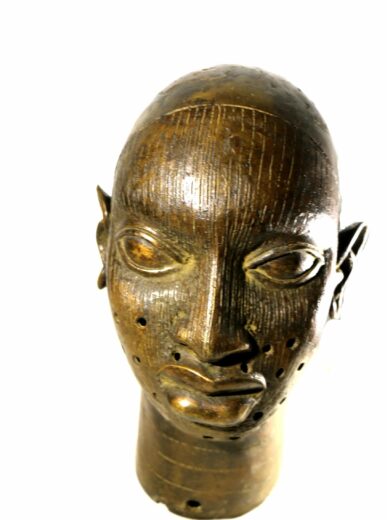
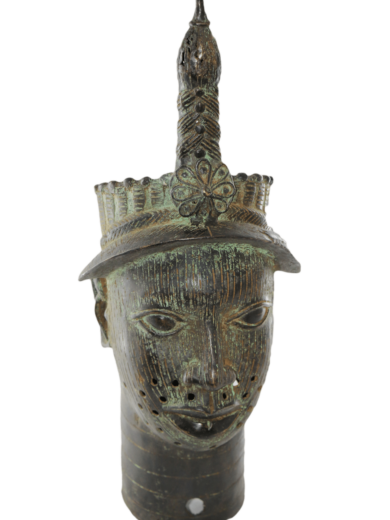

Reviews
There are no reviews yet.